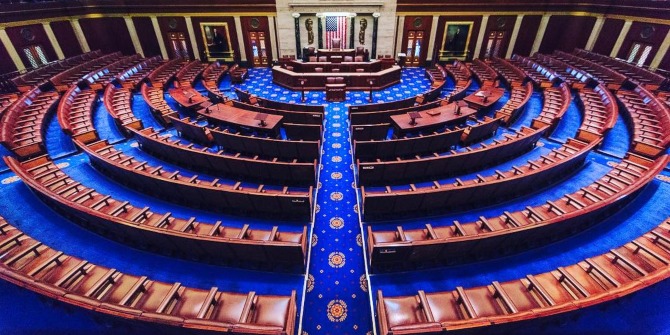Republicans Poised for Gains in 2024 Elections, New Forecast Predicts
As the 2024 elections loom on the horizon, the political landscape in the United States is heating up. With the Republican Party currently holding a slim majority in the House of Representatives with 220 members, and the Democrats controlling the Senate with 51 seats (including independents), all eyes are on the upcoming congressional races. A new forecast from political analysts Charles Tien and Michael S. Lewis-Beck suggests that the Democrats may face significant losses, potentially losing one seat in the House and six in the Senate, which could shift control of both chambers to the Republicans.
While much of the national conversation is understandably focused on the presidential race, the outcomes of congressional elections are equally crucial. The composition of Congress will play a pivotal role in determining how effectively the next president can implement their policies. Tien and Lewis-Beck’s predictions are based on a political economy model that has successfully forecasted election outcomes in the past, relying on a mix of public opinion data, economic indicators, and historical trends.
Understanding the Forecast
The political economy model used by Tien and Lewis-Beck has a solid track record, accurately predicting party control in previous elections. For instance, it has successfully forecasted outcomes in the House and Senate elections dating back to 2006. The model operates on the premise that elections serve as referendums on the performance of the president’s party, taking into account key factors such as economic conditions, presidential approval ratings, and the nature of the election cycle.
House of Representatives: A Slight Shift
In the House, the model predicts a loss of one seat for the Democrats, which would allow Republicans to maintain their control. This forecast is influenced by several factors: moderate economic growth of 2.07%, a relatively low presidential approval rating of 38%, and the fact that 2024 is not a midterm election year. Typically, midterm elections see the president’s party suffer significant losses, but the absence of this dynamic may cushion the Democrats’ blow. However, the low approval rating indicates widespread dissatisfaction with the administration, which could lead to a slight decline in support.
Senate: A Tougher Battle
The Senate presents a more challenging picture for the Democrats. The forecast suggests a loss of approximately six seats, which would hand control of the chamber back to the Republicans. This prediction is shaped by the same economic indicators as the House but is further complicated by the number of seats the Democrats must defend—23 compared to just 11 for the Republicans. This imbalance, coupled with the fact that several Democratic seats are in states that Trump won in 2020, makes the forecasted losses more plausible.
The Bigger Picture
Currently, the Republicans hold 220 seats in the House, while the Democrats have 212, with three seats vacant. To maintain a majority, the Democrats would need to gain four seats, a tall order given the current predictions. In the Senate, the Democrats’ control hinges on defending their 51 seats, but with the Republicans needing just two more for a majority, the stakes are high.
While these forecasts are not set in stone and come with inherent uncertainties, they provide a glimpse into the potential shifts in power as the 2024 elections approach. The political landscape is always evolving, and as we move closer to Election Day, public sentiment and unforeseen events could alter the trajectory of these predictions.
Conclusion
As the 2024 elections draw near, the Republican Party appears to be in a strong position to gain ground in both the House and Senate, according to the latest forecasts. While the presidential race garners much of the attention, the outcomes of congressional contests will be critical in shaping the future of U.S. policy. With a mix of economic indicators and political dynamics at play, voters will soon have the opportunity to weigh in on the direction they want their government to take. As always, the only certainty in politics is uncertainty, and the next few months will be pivotal in determining the fate of both parties.



